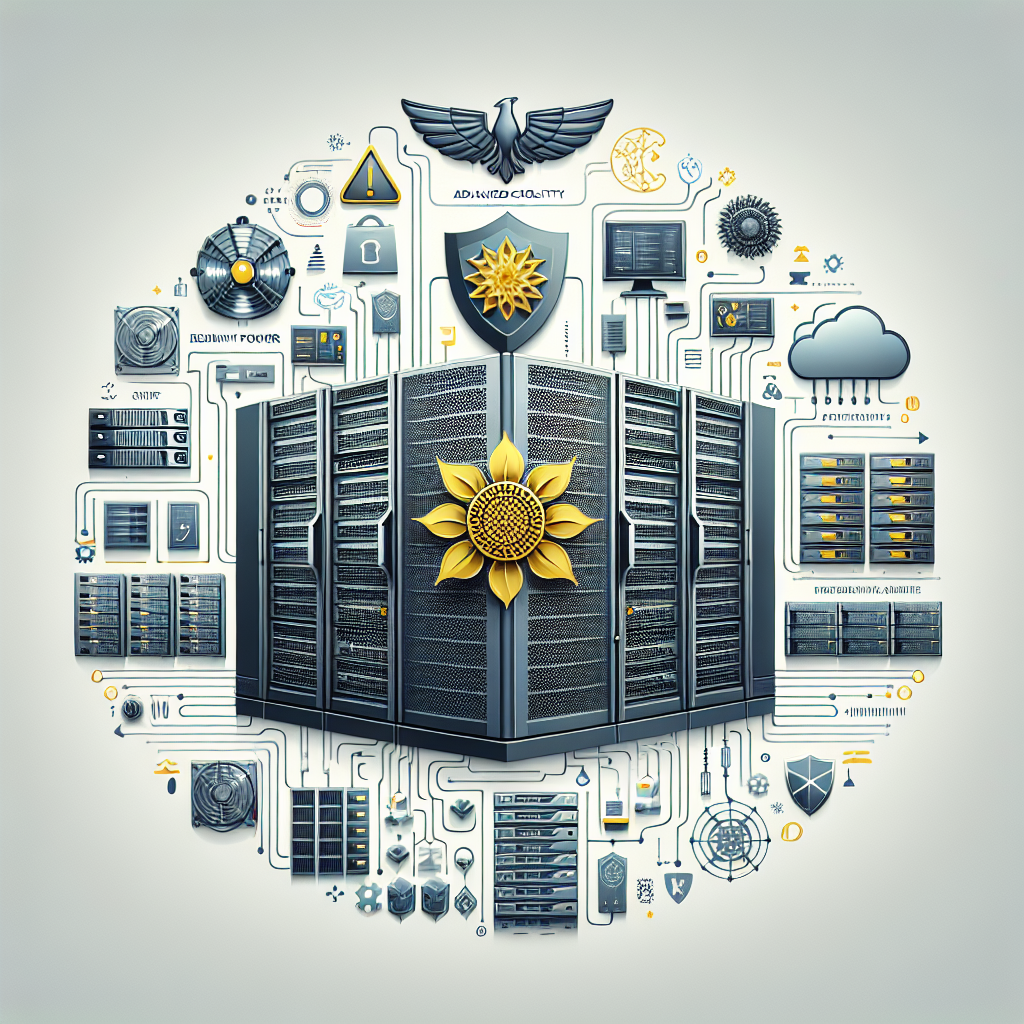Fix today. Protect forever.
Secure your devices with the #1 malware removal and protection software
In today’s digital age, data centers play a crucial role in ensuring the smooth operation of businesses and organizations. A resilient data center infrastructure is essential for maintaining the availability, reliability, and security of critical data and applications. In this article, we will discuss the key components of a resilient data center infrastructure.
1. Redundant Power Supply:
One of the most critical components of a resilient data center infrastructure is a redundant power supply. Downtime caused by power outages can have a significant impact on business operations, so it is essential to have backup power sources in place. This can include uninterruptible power supply (UPS) systems, generators, and redundant power distribution units (PDUs) to ensure continuous power availability.
2. Cooling Systems:
Another key component of a resilient data center infrastructure is an efficient cooling system. Data centers generate a significant amount of heat due to the high-density server racks and networking equipment. Proper cooling is essential to prevent equipment overheating and ensure optimal performance. Redundant cooling systems, such as precision air conditioning units and hot aisle/cold aisle containment, can help maintain the temperature within the data center.
3. Network Connectivity:
A resilient data center infrastructure also requires robust network connectivity to ensure seamless communication between servers, storage systems, and other devices. Redundant network connections, diverse carrier options, and high-speed internet connectivity are essential to minimize downtime and ensure data availability. Additionally, implementing load balancing and failover mechanisms can help distribute network traffic and prevent single points of failure.
4. Physical Security:
Data centers house valuable and sensitive information, so it is crucial to maintain physical security measures to protect against unauthorized access and potential threats. Access control systems, surveillance cameras, biometric authentication, and 24/7 security monitoring are essential components of a resilient data center infrastructure.
5. Disaster Recovery Plan:
In the event of a natural disaster, cyberattack, or equipment failure, a robust disaster recovery plan is essential for ensuring the continuity of operations and minimizing data loss. Data replication, backup and recovery solutions, and failover mechanisms are critical components of a resilient data center infrastructure. Regular testing and updating of the disaster recovery plan are also essential to ensure its effectiveness in a crisis situation.
In conclusion, building a resilient data center infrastructure requires careful planning, investment in the right technology, and adherence to best practices in data center design and management. By implementing redundant power supplies, efficient cooling systems, robust network connectivity, physical security measures, and a comprehensive disaster recovery plan, organizations can ensure the availability, reliability, and security of their critical data and applications.
Fix today. Protect forever.
Secure your devices with the #1 malware removal and protection software

Leave a Reply
You must be logged in to post a comment.